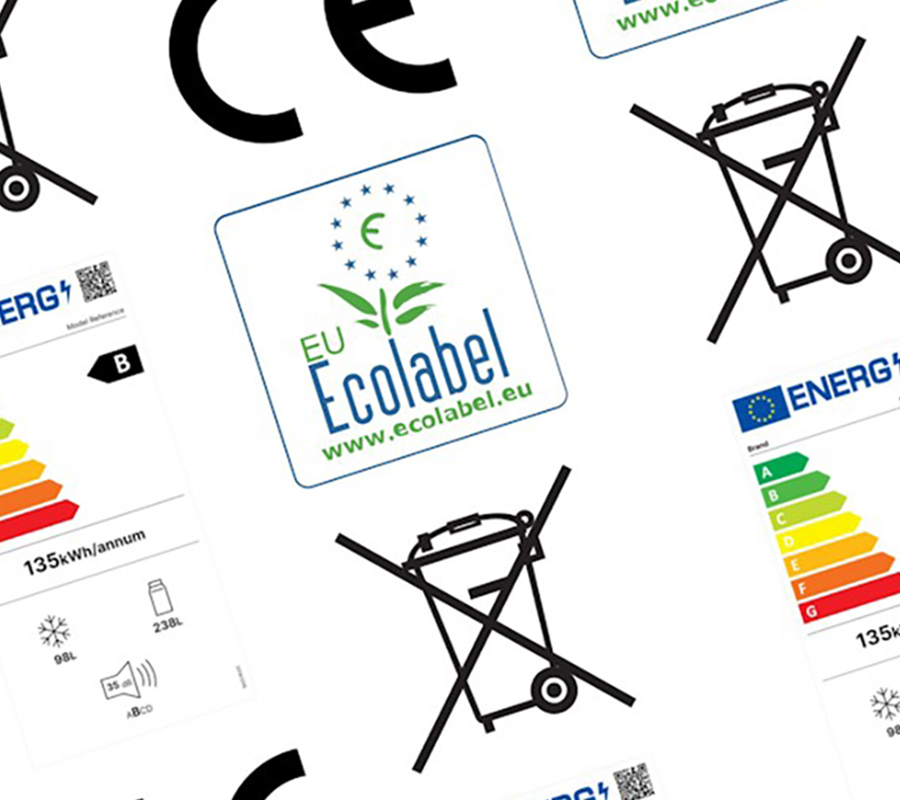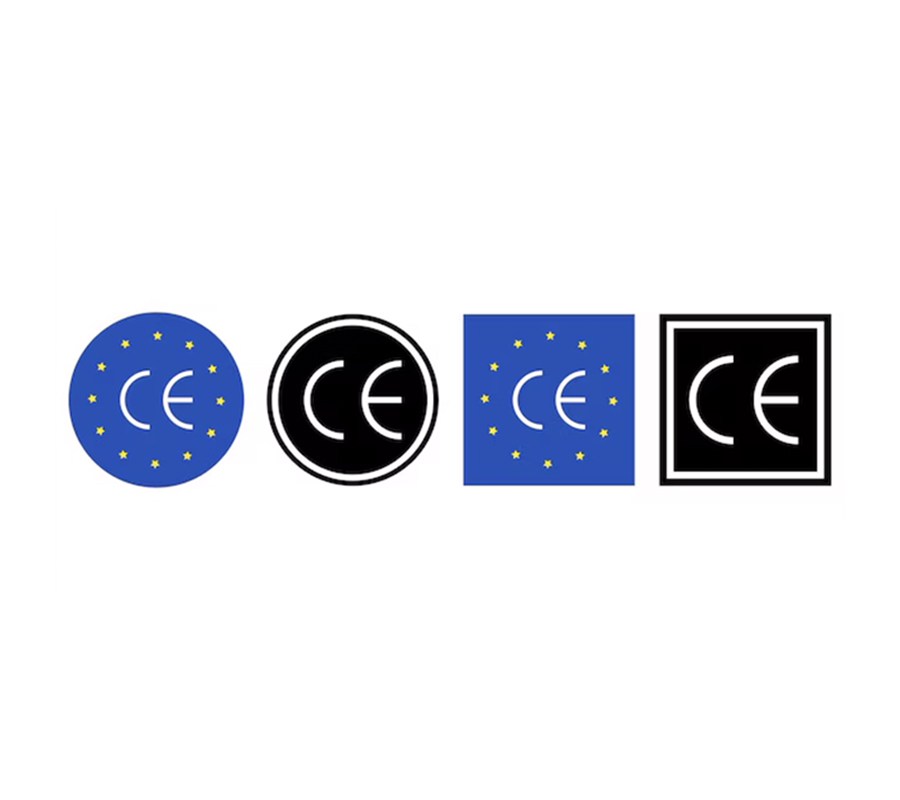Essential EU Packaging Marks and Our Commitment
In today's environmentally conscious world, businesses must adhere to various regulations and standards, especially regarding packaging. In the European Union (EU), several important packaging marks are essential for companies to know. Here’s an overview of these key packaging marks:


CE Mark: Ensuring Compliance
The CE mark signifies that a product meets all EU regulatory requirements related to safety, health, energy efficiency, or environmental concerns, allowing it to be marketed within the European Economic Area. This mandatory marking ensures compliance with EU legislation and enables the free movement of products within the European market.
Cosmetic Packaging Requirements
Regulation (EC) No 1223/2009 mandates specific information on cosmetic product labels or packaging, including:
- Company name and address
- Ingredients list
- Nominal net content
- Safety warnings
- Date of minimum durability or period after opening
- Product identification
- Reference/batch number
- Country of origin (if imported into the EU)
Food and Beverage Labeling
For prepackaged food sold in the EU, the following information must be provided:
- Name of the food
- Ingredient list and allergen information
- Quantity of certain ingredients
- Date marking (best before/use by)
- Country of origin
- Name and address of the food business operator or importer
- Net quantity
- Special storage conditions or conditions of use
- Instructions for use if necessary
- Alcohol content (if over 1.2%)
- Nutrition declaration
Energy Efficiency Labels
Energy labels rank appliances from A to G based on energy consumption. Class A (green) appliances consume the least energy, while class G (red) consume the most. These labels guide consumers in making energy-efficient choices and encourage companies to design energy-saving products. These rules apply to specific energy-related products but not to second-hand goods or the transport of goods.
Textile Fiber Content Labeling
Under Regulation (EU) 1007/2011, textile products must carry a durable, legible, visible, and accessible fiber content label. Finished textile products made from two or more fibers should list each fiber’s content percentage. Distinct textile components must be labeled separately.
WEEE Label for Electronic Waste
The WEEE (Waste Electrical and Electronic Equipment) Directive requires products to display a crossed-out wheelie bin symbol, indicating that the item should not be discarded with household waste. This label should be on the packaging if it cannot be placed on the product itself.
Footwear Labeling Standards
Footwear sold in the EU must comply with specific labeling requirements. Manufacturers or the first importers into the EU market are responsible for supplying accurate labels.
The Green Dot: Funding Recycling
The Green Dot symbol indicates that a fee has been paid to fund the recycling of the packaging. Managed by Pro Europe, it coordinates the collection, sorting, and recovery of used packaging.
Ecolabel: Recognizing Environmental Excellence
The EU Ecolabel, or ‘Flower logo,’ is awarded to products with the lowest environmental impact within their category. This voluntary mark helps consumers identify environmentally friendly products. Over 37,000 products on the EU market currently carry the label.
Additional Marks
Depending on the product category, additional packaging marks may be required or recommended, including hazard symbols for chemicals or electronics and e-marking for batteries.
Compliance and Sustainability in EU Packaging
All packaging marketed in the EU must comply with general requirements aimed at protecting the environment and consumer health. Directive 94/62/EC specifies essential requirements, including:
- Minimizing packaging waste by reducing weight and volume
- Limiting noxious or hazardous substances
- Ensuring packaging can be reused, recycled, composted, or recovered
Packaging must also have appropriate markings indicating the materials used.
How Our Packaging Website Fits In
At Magellan, we are committed to helping businesses navigate and comply with EU packaging regulations. Our packaging solutions are designed to meet these stringent requirements while promoting sustainability and efficiency.
Why Choose Us?
- Regulatory Compliance: Our packaging solutions comply with all necessary EU regulations, ensuring your products meet the highest standards.
- Sustainable Practices: We prioritize eco-friendly materials and designs to help reduce environmental impact and support your sustainability goals.
- Expert Guidance: Our team of experts provides detailed advice and support to help you understand and adhere to all relevant packaging marks and regulations.
- Innovative Solutions: We continuously innovate to offer cutting-edge packaging that meets regulatory demands and enhances product appeal.
Supporting Your Business with Comprehensive Solutions
By choosing Magellan, you can focus on growing your business while we handle the complexities of packaging compliance. Our solutions help you:
- Ensure compliance with CE, WEEE, Green Dot, and other essential marks.
- Implement sustainable practices that align with Ecolabel standards.
- Navigate the detailed requirements for cosmetics, food and beverages, textiles, and more.
Conclusion
For businesses operating in the EU, compliance with packaging regulations and labeling is essential. Conducting an audit of your packaging materials can help identify areas for improvement, such as enhancing recyclability, reducing material usage, and ensuring compliance with all required packaging marks. By adhering to these standards and investing in sustainable packaging solutions, you can meet EU requirements and contribute to a greener future.
